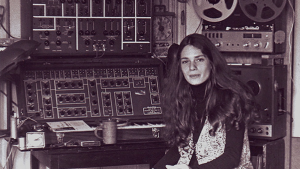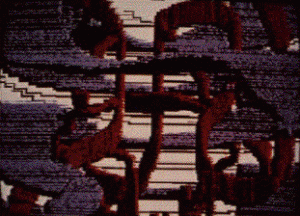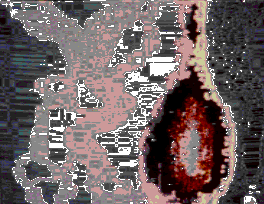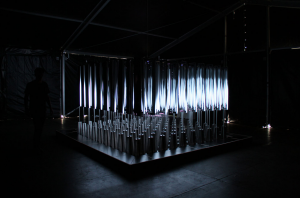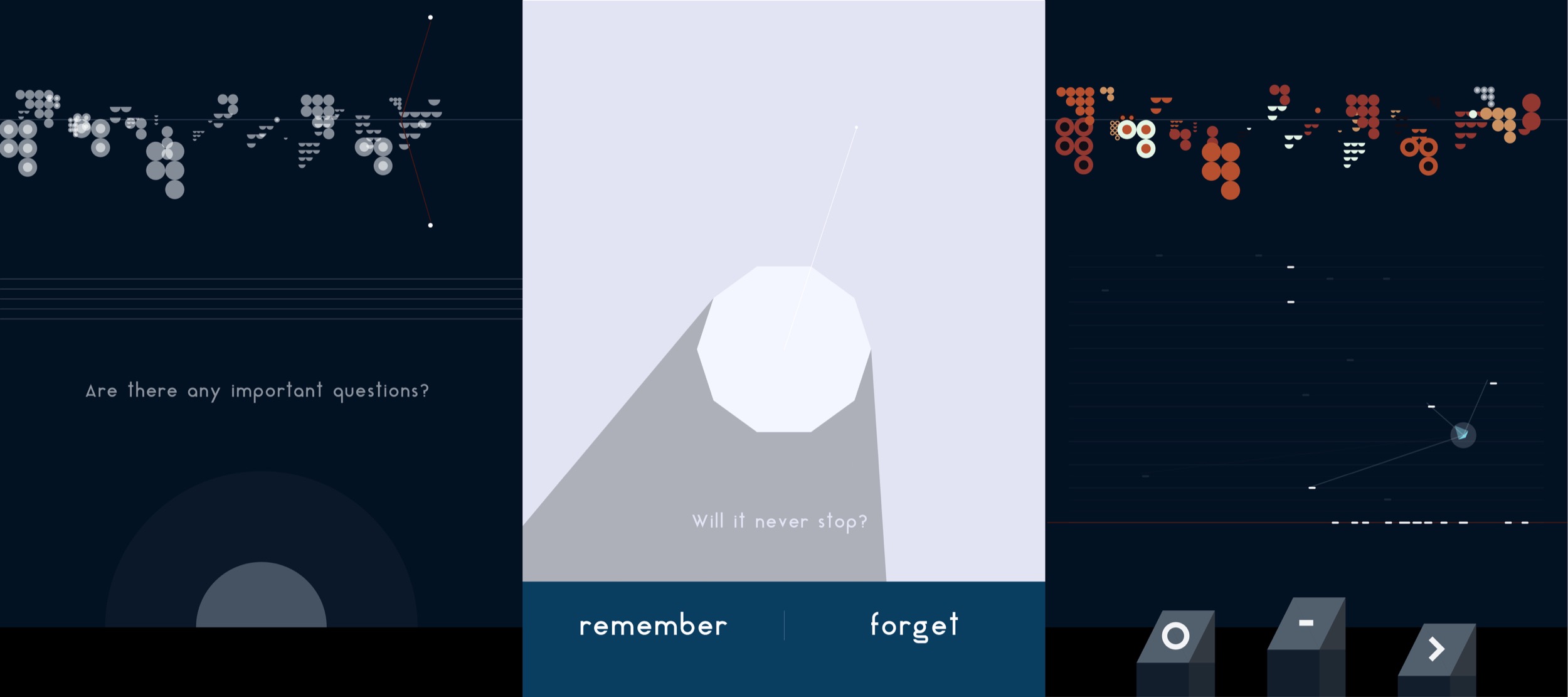For Looking Outwards 04, I focused on the creation of music, so I’ll use this opportunity to explore sound art.
LINES is an sound art exhibition that allows the audience to create music by interacting with colorful lines on the walls, floor, and ceiling. You can move your hand up and down the lines on the wall to increase or decrease the pitch. You can stand in different places on the lines on the floor to adjust the tempo, and you can move your body up and down the lines hanging from the ceiling to change the dynamics of the sound. You can use checkers to create harmonies with yourself. This exhibit was created by Swedish composer Anders Lind in 2016 and was displayed in Västerbottens Museum in Umeå.
I think this exhibit was very cool because it encourages the audience to interact with the exhibit. There are so many different ways to produce different sounds, so every person will have a unique experience. With regards to the technical side, Lind mentions that sensors and electronics are used to form three novel musical instruments, and I’m sure that there are several algorithms at work to ensure musical beauty. I can definitely tell that Lin had an appreciation for the complexities of sound, the influence of color, and the ways technology can be used to heighten our appreciation of art.
![[OLD FALL 2017] 15-104 • Introduction to Computing for Creative Practice](../../../../wp-content/uploads/2020/08/stop-banner.png)
